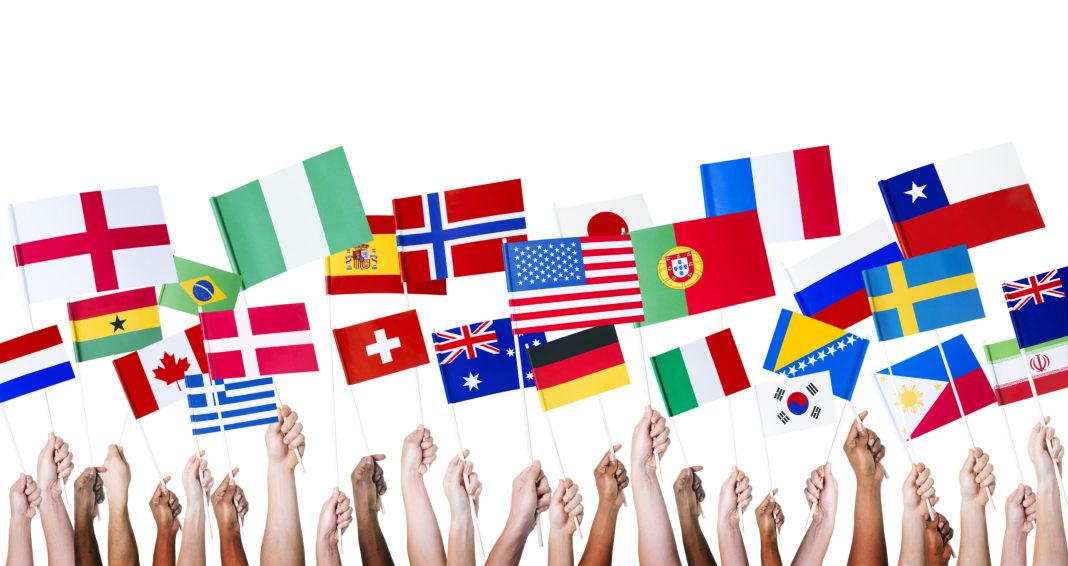Language is not merely a tool for communication; it is the living repository of a community’s history, culture, and identity. Yet, as the world moves closer to globalized communication standards, the diversity of human language is at risk, with a significant number languishing on the brink of extinction. This article explores the crucial efforts underway to preserve and revitalize endangered languages and the reasons why these endeavors are vital for cultural diversity and human knowledge.
The Plight of Endangered Languages
The statistics are alarming: According to UNESCO, approximately 43% of the estimated 6000 languages spoken worldwide are endangered. Every two weeks, a language disappears, taking with it a part of our human heritage. Languages become vulnerable for a variety of reasons, including the encroachment of dominant languages, cultural assimilation, urbanization, and the lack of intergenerational language transmission.
The Value of Linguistic Diversity
Each language reflects a unique world view, encapsulating specific knowledge of literature, philosophy, medicine, and the environment that is invaluable to humanity as a whole. Language loss leads to a homogenized world culture, depriving us of rich perspectives on life and nature. The diversity of languages is tied to the diversity of ecosystems, with a strong correlation between language hotspots and biodiversity hotspots. In essence, to lose a language is to lose a piece of our global ecosystem.
Revitalization Efforts in Action
Efforts to revive and preserve these languages come in various forms. Communities, linguists, and organizations are employing innovative strategies to ensure languages are not only remembered but spoken and lived. Here are a few ways in which endangered languages are being brought back from the verge of extinction:
Education and Curriculum Development
One of the most effective methods of language preservation is incorporating it into education systems. Schools in Wales, for instance, have succeeded in reviving the Welsh language by introducing it as a compulsory subject. Similarly, the Maori language in New Zealand has seen a resurgence through immersion schools known as ‘Kohanga Reo’.
Digital Archiving and Technology
Digital technology offers unprecedented avenues for language preservation. From online dictionaries and mobile apps to social media campaigns, technology bridges the gap between ancient tongues and modern lives. The ‘Endangered Languages Project’ is an online resource that provides comprehensive information on endangered languages and includes advice on how to get involved in preservation.
Community Engagement and Cultural Pride
Revitalization efforts are most successful when they engender a sense of cultural pride and community engagement. In Hawaii, the establishment of language nests, where children and elders interact, has fostered both language proficiency and a communal sense of Hawaiian identity.
The Role of Governments and NGOs
While community efforts are the bedrock of language preservation, support from governments and non-governmental organizations can provide the necessary resources and political backing. UNESCO’s Atlas of the World’s Languages in Danger is a powerful tool for raising awareness and lobbying for policies that protect linguistic heritage. Funding from bodies like the National Endowment for the Humanities has been pivotal in supporting documentation and revitalization programs.
Challenges and Moving Forward
Despite these efforts, language revitalization faces challenges. The process requires consistent funding, community buy-in, and often a revival of cultural practices associated with the language. Moreover, there is a delicate balance between documenting languages for posterity and ensuring they remain living languages within communities.
As we look to the future, it is clear that preserving languages is not a task for linguists alone; it requires a collective effort. We must all recognize the intrinsic value that each language holds for its speakers and for humanity. The richness of human expression is at stake, and with it, the very fabric of our diverse human tapestry.
By prioritizing the revitalization of endangered languages, we do more than preserve words; we ensure the continuation of the world’s cultural diversity and the intricate knowledge systems that languages contain. It is an investment in our collective human heritage—one that will pay dividends for generations to come.

